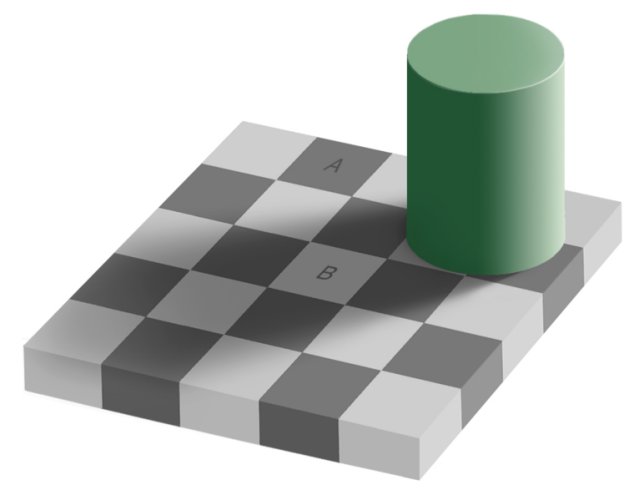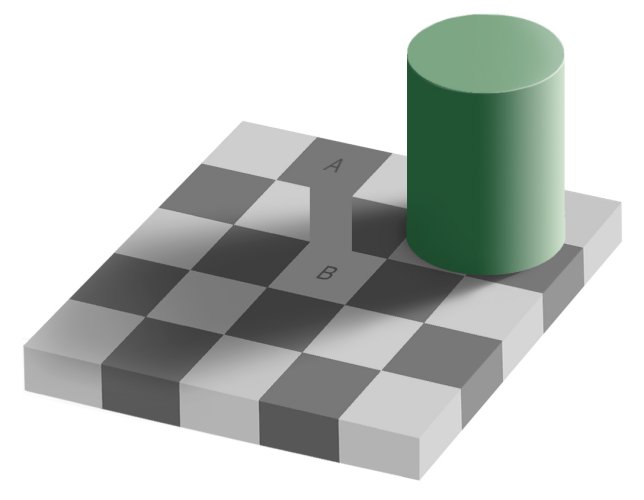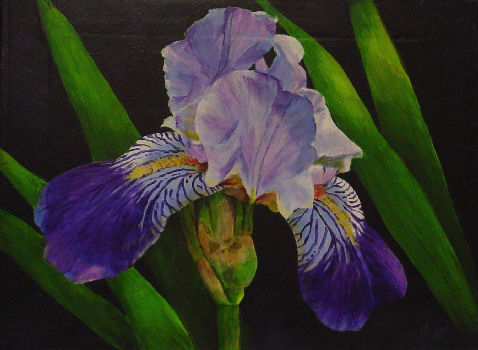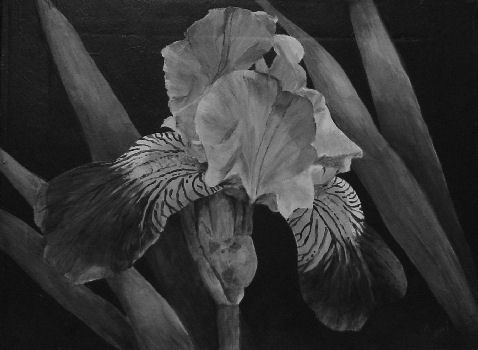We ALL struggle as artists..........Even the great artists struggle.They just struggle on different levels. Attempting to reproduce the three dimensional , colorful world around us on a two dimensional surface with pigments that are limited in their ability to duplicate the effects of light is a diificult challenge.
Add to that the fact the we have to fight the logical side of our brain every step of the way and it can feel like an insurmountable challenge.
A good friend of mine, Becky Syroka, once said something to me that I thought was an absolutely brilliant way of describing this challenge: She said that, as artists , we have to see things that are hidden from the casual eye.
That is exactly what we are up against. Our brains process information like color and value in a very simplistic way as a survival mechanism.
Proper values are an important part of any painting. The only thing we have to show three dimensions on a two dimensonal surface is value . NOTHING is as important as value.. not even color. The Impressionists managed to convincingly render many subjects using unusual color choices, such as bright green and blues in portraits... but as long as the colors are the proper value, the subject matter reads as dimensional . ( eg. Van Gogh used lots of vibrant, decidedly not-traditional portrait colors in his portraits)
But value is one of the hardest things to learn to see as an artist . Our brains are wired to make simple decisions about color and value to make it easier for us to recognise and identify things around us. We see a circular object and our brain is able to immediately process it as a shiny red apple by noting the highlights, shadow and color without noting the particulars... but as artists, our difficult job is to break through that simplicity and see and paint the complexities.
It is our job to note that the value and color of that red apple changes as it turns into shadow.. or rounds into the highlight.
|







